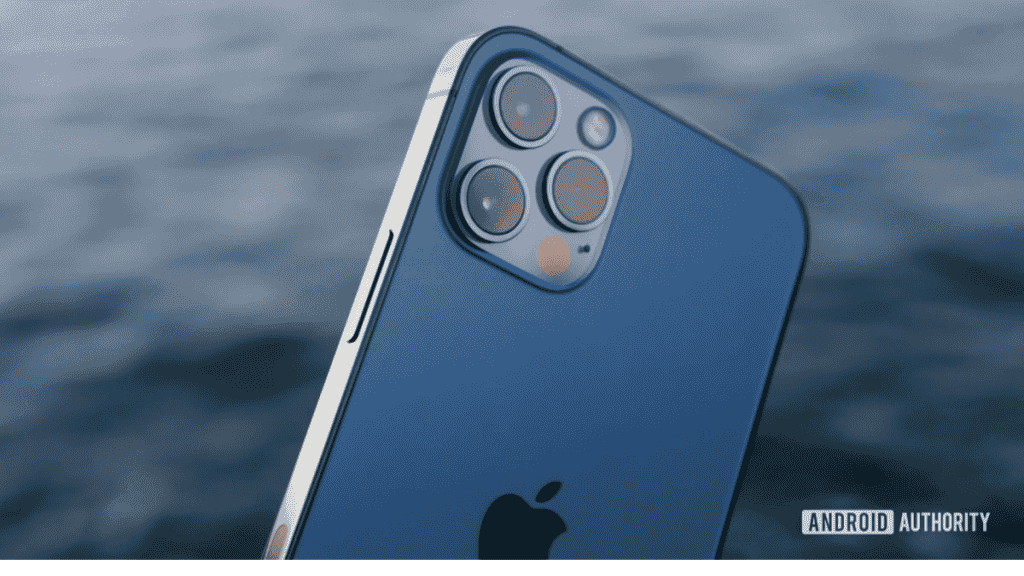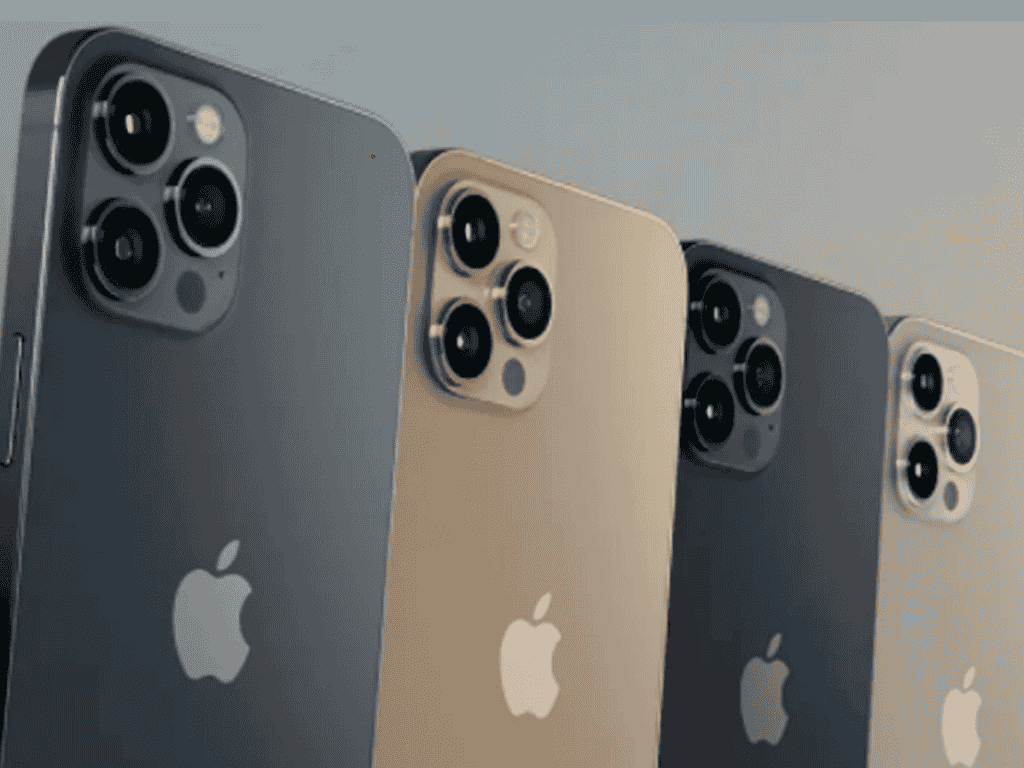5 Exclusive iPhone 12 features that one would not find on any Android handset

This month, THE NEW iPhone was unveiled. Enabled for the first time in four models, the latest line-up boasts upgraded cameras, a new chipset, 5G speed support, and much, much more.

Here’s a rundown of five features that your Android peers won’t notice.
- Ceramic Shield
Ceramic Shield, produced with Apple and smash-proof specialists Corning, is a modern toughened glass. While Corning’s super-strength Gorilla Glass product, including the new Gorilla Glass Victus, unveiled back in August, can be used on a vast number of Android smartphones, the business uses a personalized formulation whenever it deals with Apple. And the current outcome of this relationship is genuinely unique, according to both companies.
The Californian firm called Ceramic Shield by the Apple Marketing Department, says it’s more potent than any other glass available for smartphones right now. To boost durability, Corning and Apple have infused the toughened glass with nano-ceramic crystals. Outcome? All four new iPhone 12 models are four times more likely to withstand unintended drops, Apple reports.
2. MagSafe
For years, Android smartphones had support for wireless charging. And Apple was painfully late to get on the bandwagon. However, the US corporation is now adding some exciting new additions to the table that wireless charging is built into every iPhone on-sale in the Apple Store. MagSafe allows the wireless charging puck to clip to the back of your iPhone, which borrows its brand name from the trip-proof magnetic charging cables formerly shipped with all MacBooks. This guarantees that after a few alerts, the device does not buzz itself out of sync with the charging coils which means that when it is charging, you will be able to pick up and use your iPhone.
3. A14 Bionic
While most flagship Android smartphones are powered by US chipmaker Qualcomm’s latest-and-greatest, Apple designs its processors. Compared to a one-size-fits-all strategy intended to operate on products from a wide range of vendors, such as the Snapdragon 865, this has allowed the Californian business to concentrate on what it prioritizes: battery life, power, camera. The strategy of Apple seems to have paid off over the last few years, with iPhones routinely toppling Android handsets during benchmark tests with three times the amount of RAM.

Apple is overturning its own MacBook Air models with the A14 Bionic. The first mobile silicon to be developed on a 5-nanometer process is the chipset within the iPhone 12 series. In a nutshell, this suggests that all the main components are crammed together on a minuscule chip, allowing information to travel less distance and consume less electricity, making the smartphone faster and increasing battery life. That’s a very) a simple description, but what you need to know is that the actual beast is A14 Bionic.
Compared to the best competitive mobile processors, it sports the fastest CPU and GPU by up to 50 per cent. A14 Bionic also features a 16-core Neural Engine built to hope to tackle AI activities on the phone itself. Such as identifying faces in the Images app, recommending iOS applications based on your behaviors during the day and more.
4. Smart Data Mode.
5G explicitly reflects the future. This smartphone signal of the next decade facilitates super-speedy updates and lower latency. Better still, when in a busy environment, including a packed football stadium, sell-out concert, or festival, 5G smartphones will not lose pace, something that can not be said with 4G. 5G can, though, be a bit of a battery life fee.
By increasing the size of the battery cell, most Android producers have solved this dilemma. No denying it, it fits pretty good. Apple has, however, taken a different path to encourage it to build the world’s “smallest and lightest” 5G smartphone. The latest diddy iPhone 12 Mini, which launches in November.
5. Dolby Vision
iPhone 12 is the first smartphone on the globe that provides the opportunity to record and edit Dolby Vision HDR footage. Inside the Images app or iMovie, footage can be captured at up to 60 frames per second. Luckily faster than the 24fps most blockbusters are filmed at and edited. Thanks to the grunt of the A14 Bionic, Dolby Vision grading is processed live and maintained during editing (see above). Final Cut, the professional-grade editing program from Apple, will soon be modified to support Dolby Vision HDR. And you can already play your new movie on your Apple TV.


